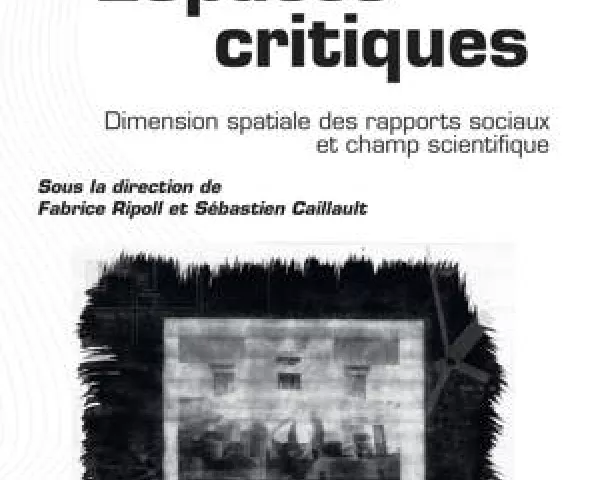Les stratégies paysannes entre riz et soja, productions et perceptions.
Frederic Fortunel, Marcia dos Santos Ramos Berreta, Benjamin Dias Osorio Filho. Les stratégies paysannes entre riz et soja, productions et perceptions. : L’exemple de Cachoeira do Sul/RS, Brésil. Confins - Revue franco-brésilienne de géographie/Revista franco-brasileira de geografia, 2023, 61. ⟨halshs-04368539⟩
Depuis le début du XXe siècle, le riz s’est accru en surface et en poids économique dans le sud du Brésil, là où les terres et l’économie y sont favorables. Cachoeira do Sul, municipio de la dépression centrale de l’État du Rio Grande do Sul, est le symbole de la céréale qui figure dans l’assiette traditionnelle : il est la capitale nationale du riz qui pourtant à des difficultés à se maintenir dans les finages car depuis ces 50 dernières années on assiste à une diminution relative de la production de riz face au soja. Pour comprendre les enjeux de cette relation entre la céréale et la légumineuse, nous faisons appel à deux grilles interprétatives distinctes. La première partie traite des enjeux spatiaux et tient compte des effets de localisation, d’accès à l’eau et des structures foncières pour expliquer les répartitions culturales et les choix techniques. La seconde partie correspond aux enjeux identitaires qui interrogent la vocation historique rizicole de la région confrontée à des mutations majeures.
Since the beginning of the 20th century, rice has increased in surface area and economic weight in southern Brazil, where the land and the economy are suitable. The municipio of Cachoeira do Sul, located at the central depression of the state of Rio Grande do Sul, is the symbol of the cereal that is part of the traditional diet. It is the national capital of rice, which nevertheless has troubles keeping its place in the rural boundaries, as over the last 50 years there has been a relative decline in rice production compared with soybean production. To understand the issues at stake in this relationship between the cereal and the leguminous plant, we call upon two distinct interpretative grids. The first part deals with spatial concerns, taking into account the effects of location, access to water and land tenure patterns to explain cropping distributions and technical choices. The second part deals with identity issues, questioning the region's historic rice-growing vocation in the face of major changes.










